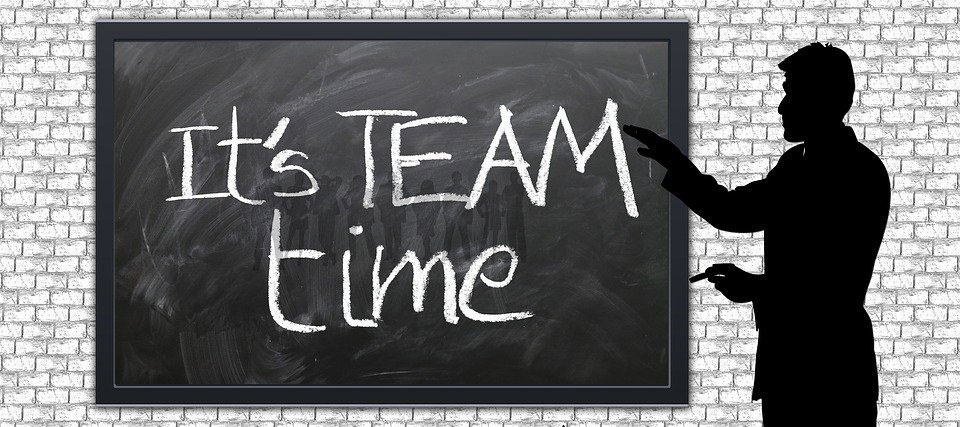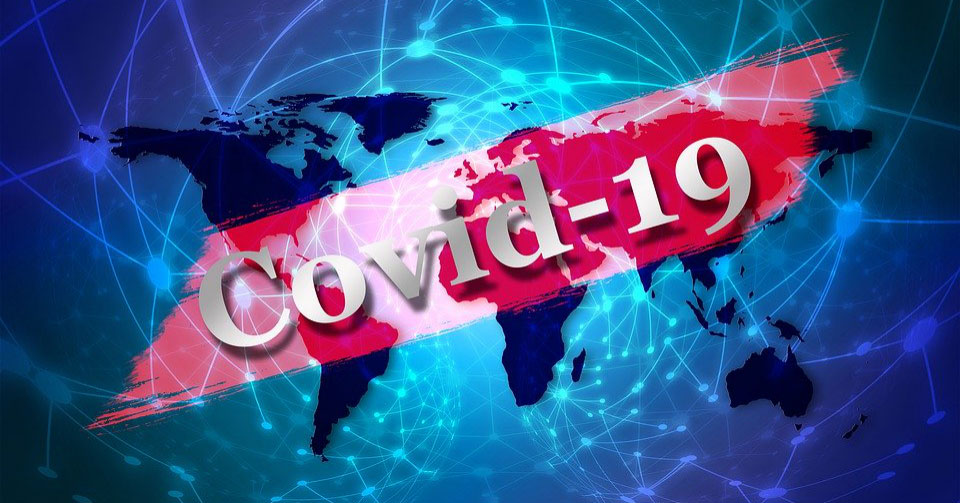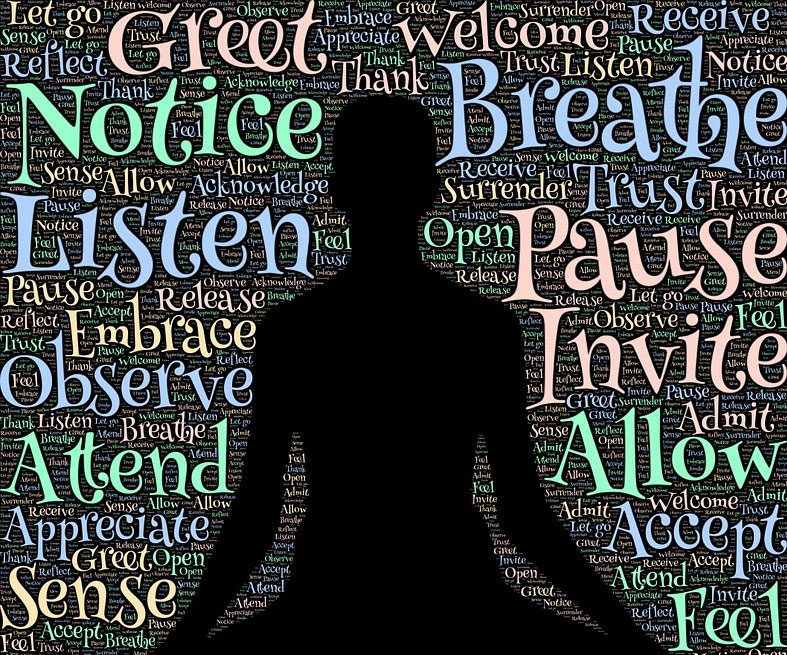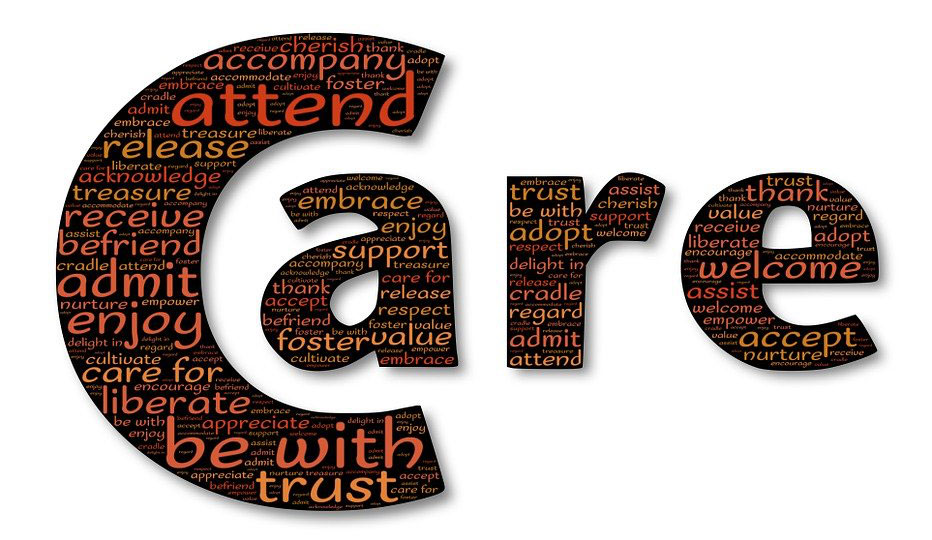
Then…
I still remember the smell of the burning jet fuel and the way smoke covered the sky. My memory of the incident is clear. A T-38 Talon military trainer jet crashed in a residential area outside of Eglin Air Force Base in Florida. While the pilot had escaped with minor injuries, two homes in the community were destroyed. Fortunately, none of the people living in the homes were injured.
It was 2003, and I was an Air Force Judge Advocate – an early responder to the scene of the crash. The incident commander assembled a disaster response team comprised of representatives from security, fire, environmental, public affairs and many others.
He had an air of calm about him but was clearly in command when he outlined the situation, gave clear orders and told us to expect the unexpected. He told us that he trusted us to do our jobs.
I was the on-scene legal advisor handling issues related to the displaced families, environmental cleanup, damages, cordoning a crash site in the local community, and coordinating with local authorities and Air Force headquarters.
After going nonstop for 24 hours, the incident commander pulled us all together. He told us how much he appreciated our efforts and how we worked as team. He also told us go home to our families, rest, eat and be prepared to report back. He did the same and completed a handoff to another incident commander.
During the event, adrenaline and extreme focus had kicked-in for an extended period of time. Amid the activity, I never realized the stress, fatigue and emotions I experienced until I got home.

Now…
The current COVID-19 pandemic is a novel global crisis, which has impacted our personal and professional lives. We are living and working differently now – juggling social distancing, remote work, home-schooling and the activities of daily life.
Never has the line between work and personal life been more blurred.
As people around the world are living through a prolonged and stressful crisis, we are filled with uncertainty, which is challenging our overall well-being. People are experiencing feelings of loss, vulnerability and stress.
Leaders need to continue demonstrating their competencies, such as “leads with integrity,” “inspires others” and “fosters innovation.”
Simultaneously, they must strongly support and encourage team members to focus on well-being in their careers, minds and bodies.
Indeed, now and going forward, putting people first and taking care of people are the new normal.

WHEN It’s Time for Well-being Leadership…
Especially now, leaders must integrate the health of career, mind and body into their employees’ everyday thinking and work.
Here are four tips for leaders to consider:
1. Lead by Example
Individually and collectively as leaders, we are responsible for creating positive, safe and inclusive environments where people can experience well-being.
With many working remotely, leaders must also create those environments virtually. Nowadays, some leaders are offering remote team building, social time, fitness challenges and even virtual meditation sessions on the job.
In times of stress and uncertainty, leaders must also ensure that employee assistance programs, mental health services and emotional support programs are still available, accessible and widely communicated to all.
More than hearing talking points about well-being, teams really need to see their leaders actively modeling healthy behaviors tied to career, mind and body.

2. Communicate
While this sounds simple, it’s not so easy. Leaders still must be themselves, while acknowledging the individual and collective experiences of their teams.
Leaders are also facing the same uncertainty and vulnerability in our current climate. That means frequent, authentic, empathetic conversations and listening must underscore every relationship – up and down the ladder, and peer-to-peer.
Talking to others about what they are feeling and communicating about well-being is critical to employees’ overall well-being. People need to share what they are experiencing and hear what others are experiencing.
3. Meet People Where They Are
Today, leaders are faced with new challenges, operating in a different model, repositioning products and making tough decisions around layoffs, furloughs and temporary staffing. Directing people to focus on their well-being will never be enough; employees are starting from different places and experiencing different stressors.
It is critical to meet people where they are today and move forward together.
4. Take Care of People
Even though many organizations are currently under stress, they draw their energy from their people. Focusing on total well-being can have a positive impact at many levels that stems from collaboration and camaraderie during crises.

Taking care of people means empowering them and engaging with them to celebrate their well-being milestones. Whether it is a breathing exercise for five minutes or taking their children for a walk during the day, remembering to acknowledge the smallest victories for every team member is important.
Epilogue…
Now, many years later, reflecting on my commander’s actions our response to the T-38 crash, I realize that while he was leading us through a crisis, he took all the actions I just described.
I will always remember his leadership that day. He calmly led by example. He both communicated clearly and listened. He empowered us as a team, yet met everyone in their own space. Above all, he made sure that we took care of ourselves as he did the same.
Beginning today and going forward, how will you encourage and support your teams around total well-being?
Imagine the impact of your leadership on their lives.
Joe Fournier,
WHEN Strategic Advisory Board